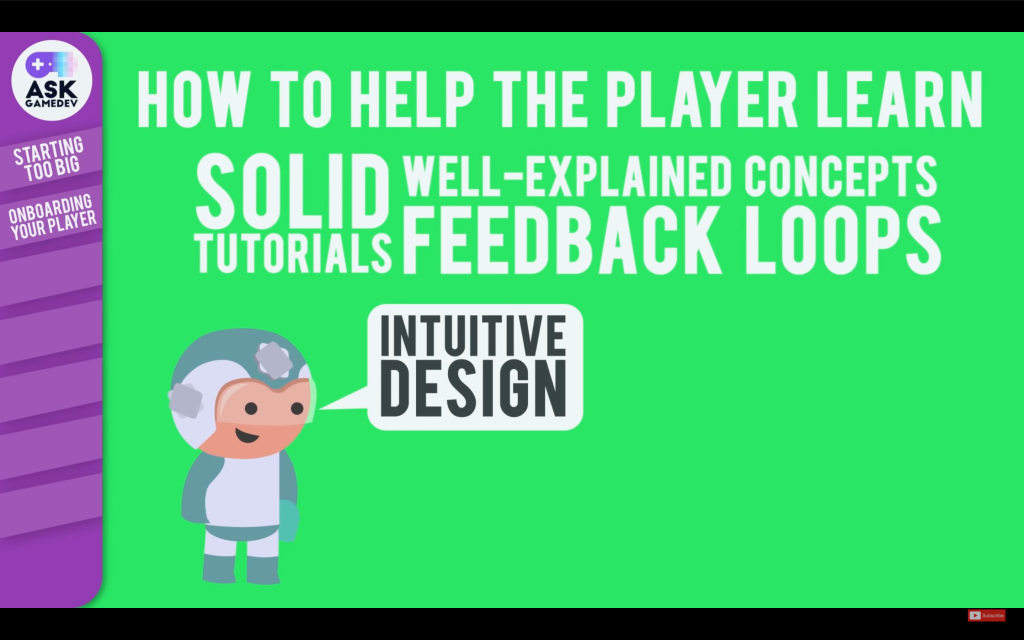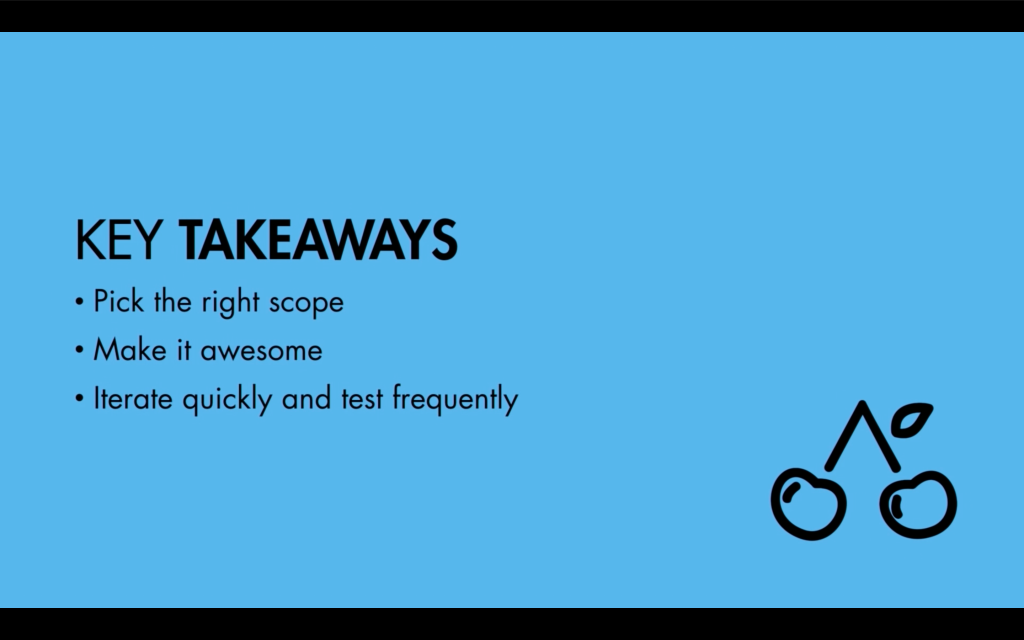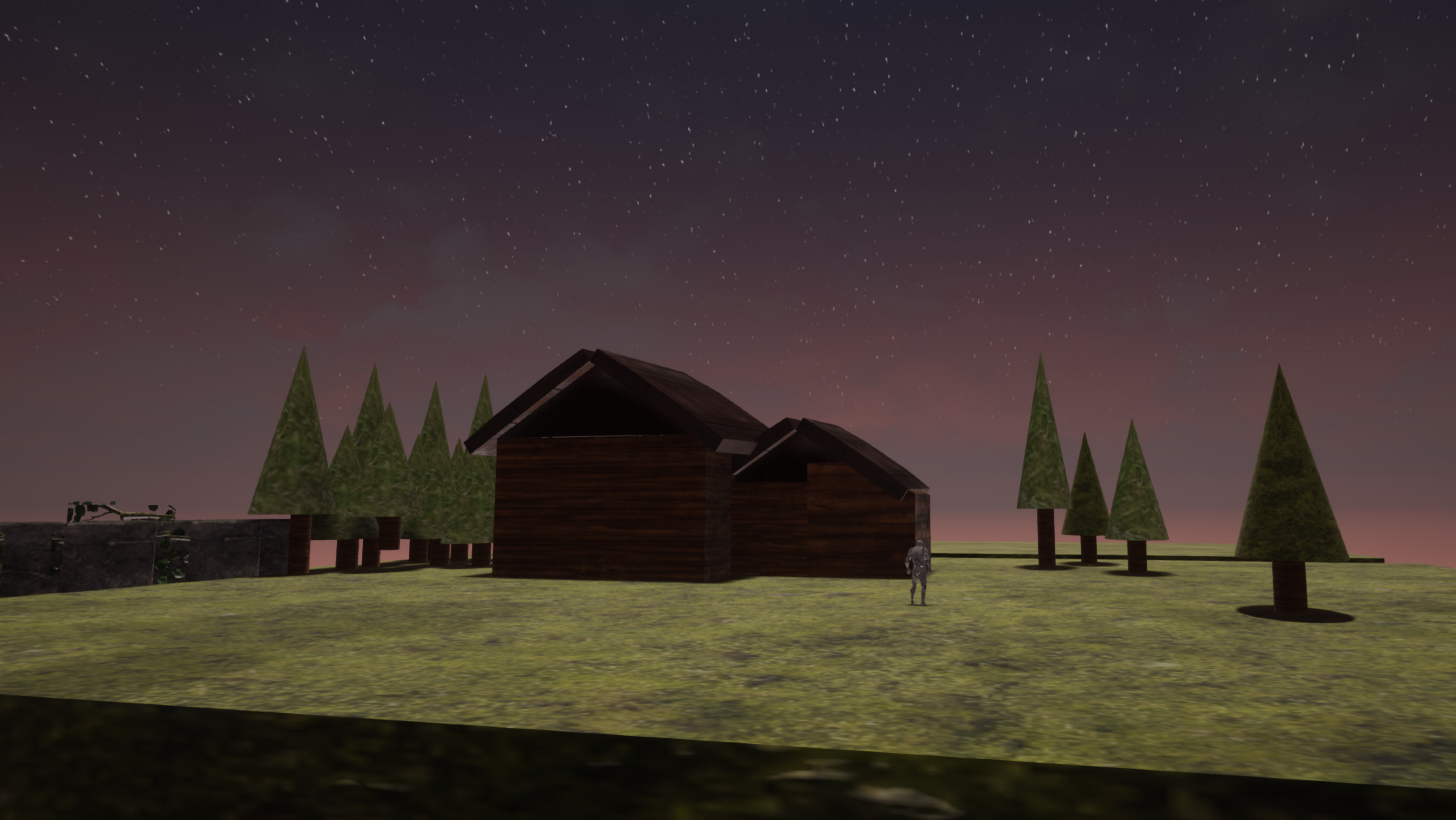Week 3.1 – 11th February. 2022
By the end of this week, you will be able to:
- Compare the advantages and disadvantages of visual and text-based scripting.
- Choose appropriate programming techniques to solve common game development problems.
- Evaluate different approaches to creating intelligent agents.
- Apply game programming techniques to implement game mechanics within a game engine.
Fundamentals of programming within a game engine…
This week Iain Lobb’s video tutorial, discusses the numerous ways that you can add, any kind of mechanics, through the use of code.
We are encouraged to research different code, visual scripting, and programmes that we could possible use within the game engine of our choice.
I am just learning how to use/ create new game mechanics inside of, Unreal’s game engine. I have come to understand why it is so important, for implementing code into the prototype, and testing the overall smoothness of those mechanics.
It will help you to make the game a success, especially if it runs nicely, and the Game Feel, is something different, and matches that of your character, environment, story etc.
My BluePrint Experience
Although I have only experimented with blueprints, using Unreal’s Visual Scripting Editor, I found it to be really intuitive. As it is visually fun to look at, and by matching up the correct box, using the correct connecting wire,(node) is a lot of fun. (especially when you are playing with an animation blueprint, and blend space for the first time.)
How I am using Visual Scripting for 720?
My intension for this game, specifically talking about working with an animation blue print, and blend space, just as a starting point for watching the animations back when applied to the character, and slowly editing each mechanic to suit the need of the characters personality for this game adventure.
Game Design Mistakes?
During Ask Gamedev’s video on; “Common Pitfalls and paying particular attention to ,“7 Game design mistakes to avoid“, they discuss the main pitfalls, when you are taking your game idea from the design stage into a prototype.
The below are just some the ones I hope to avoid.
- 1 – Making the scope of the project too big.
- 2 – Trying to add too many mechanics, or effects at once – test one at a time.
- 3 – Not having a really in-depth story or narrative to follow, until you have tested out the first part of the level, for the game feel.
However they highlight how to focus on the player experience…

Rapid Prototyping
I do know how to rapid prototype, but my intension is to create something polished. For example the first character for the new game for this module IDO720, I feel it needs to look finished, as the final artefact I make for this module, I would like to use in my portfolio.
During Renaud Forestié’s talk, the “one man army” for game development, Illustrator and UX director at Ubisoft Montréal, is also what I aspire to be. Someone, who is skilled in many disciplines, and can, “wear all the hats“.
He discusses rapid prototyping in 7 days, and seeing the result of his mini game, has got me thinking how I could apply his method to my game prototype I am working on currently.
He has a small team of 5, and they can create a mobile game, within 2-14days, focusing specifically on the game feel and the experience. This is something I want to aim for with my concept, to have a really ‘fun feel’, from the moment you are introduced to the character.
Method – Rapid prototyping In 7 days…
Here is a rough layout, once my 3D character is complete, and has the added animations I will;
- 1 – Import into Unreal – set up animation blue print. blend space
- 2 – Block out an environment/ test character movement
- 3 – Add open door mechanic / block inside of tree house
- 4 – Replace triangles with Trees/ cube with house and tree house.
- 5 – Add sound effects, and lighting/ detail to background.
In the words of Renaud Forestié;

Week 3.2 – 15th February. 2022
Challenge Activity – Interactive Grey Box Prototype.
We are asked to create a prototype, that shows the potential of our game concept, to give a feel of how fun it might be to play, and gain feedback from our peers, about the mechanics, the game feel, the readability, the art style, and anything else that we would each like to work with, in the engine of our choice.
Below is a picture of how the scene is starting to form. Using only Unreal’s cubes and textures to get a basic layout, to help set the scene.

Bibliography
Ask Game Dev. 2018. “Game Design Mistakes to Avoid!” [online] Available at: https://www.youtube.com/watch?v=5x4Q_SOLN28&t=9s [Accessed 11 February 2022]
Forestié, R. 2018. “Best Practices for fast game design in Unity – Unite LA” [online] Available at: https://www.youtube.com/watch?v=NU29QKag8a0&t=2775s [Accessed 11 February 2022]
Lobb, I. 2022. “Game Programming Fundamentals” [online] Available at: https://learn.falmouth.ac.uk/courses/251/pages/week-3-game-programming-fundamentals?module_item_id=13024 [Accessed 11 February 2022]
Figure
Figure 1: Norton 2022. Unreal Screen shot